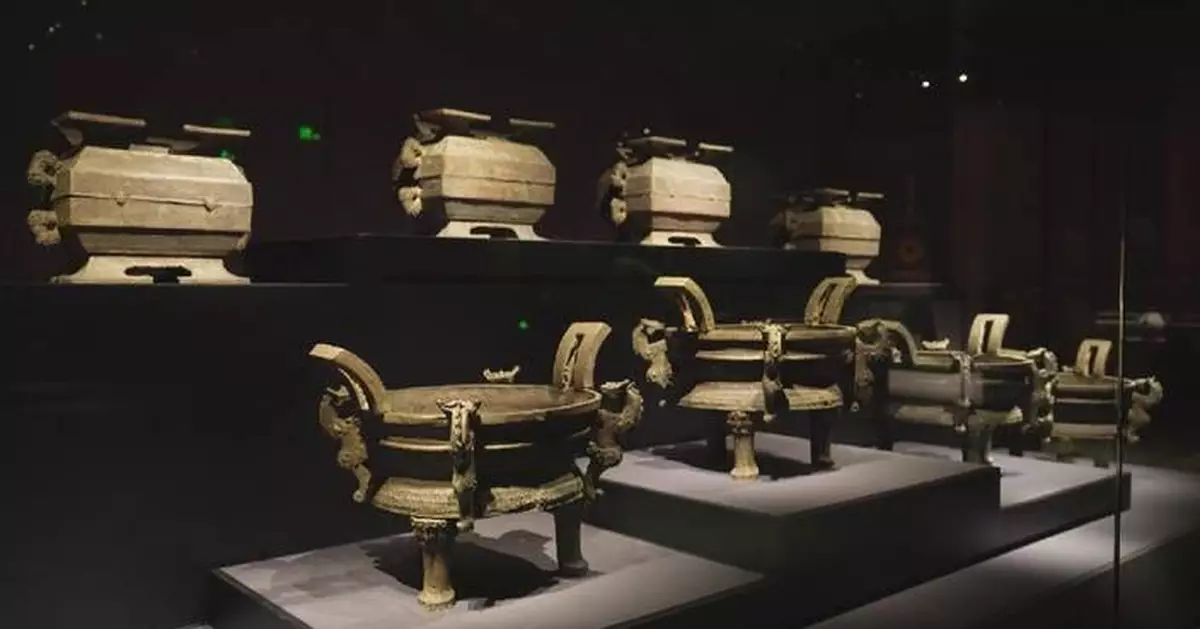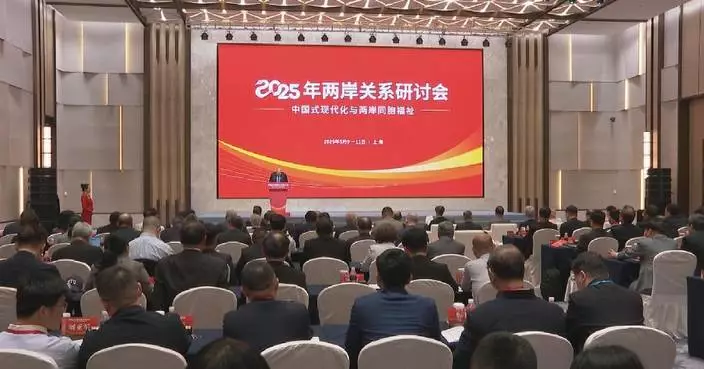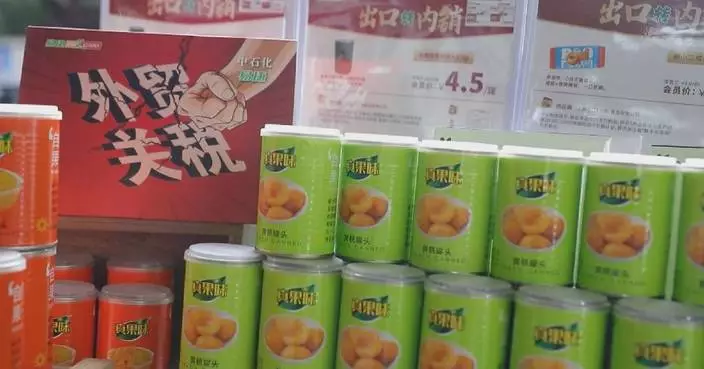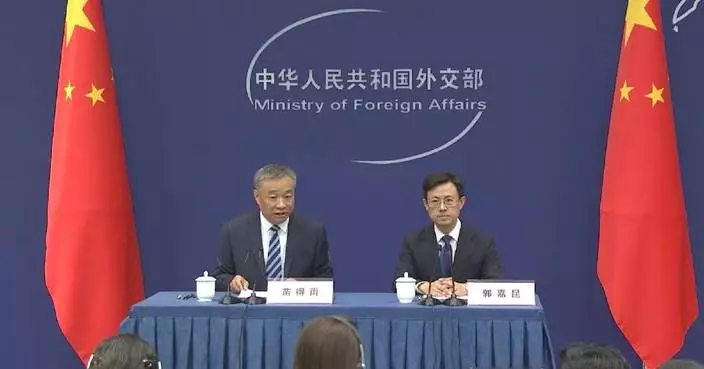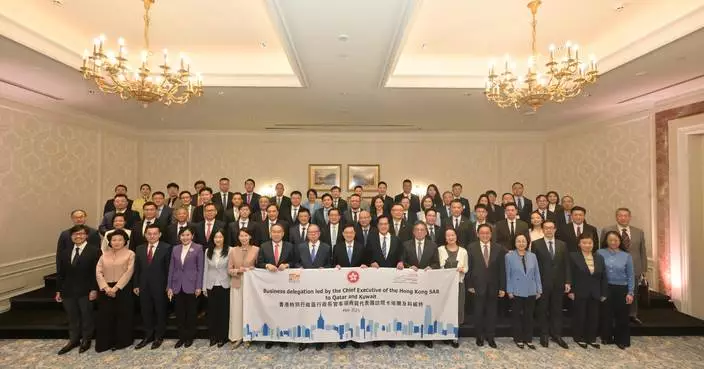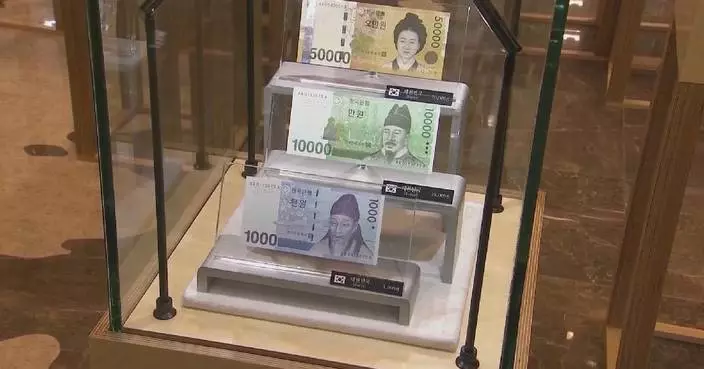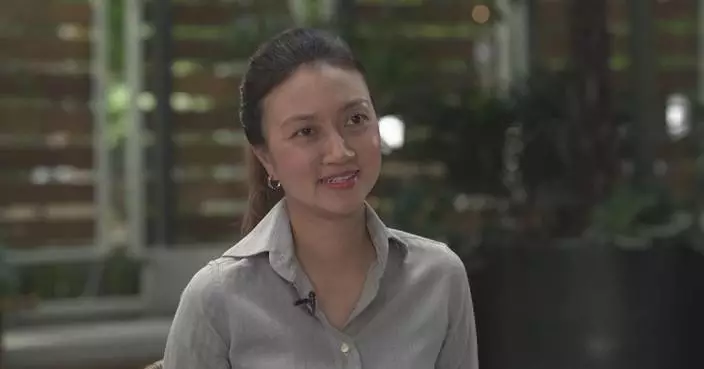Bronze artifacts recently uncovered from the Wuwangdun tomb in east China's Anhui Province have provided fresh insights into ancient rites and social customs dating back over 2,200 years within the ancient Chu state.
The Wuwangdun tomb has been confirmed as the largest and highest-level tomb from ancient Chu state, the National Cultural Heritage Administration said Tuesday.
As a southern state of ancient China, Chu's ritual vessels not only boast unique types and combinations, but also adhere closely to the underlying social rituals and principles of the Zhou Dynasty (1046-256 B.C.) prevalent in the central regions of ancient China. This dynamic relationship adds a distinctive hue to Chu's ritual culture.
Among the renowned vessels unearthed in the Wuwangdun tomb is the Sheng Ding, a distinct type of cauldron, with a waist and flat bottom exclusive to the Chu state.
With roots tracing back to ancient China, the Ding vessel has a rich history. Initially utilized for culinary purposes, it evolved into a central element of ritual vessels during the Shang and Zhou Dynasties (1600 - 256 B.C.).
Functioning not only as a symbol of state authority but also as an emblem of noble status, the Ding vessels varied across regions. Unlike the traditional Ding vessels with a wide body and round base prevalent in central areas, the Sheng Ding of Chu showcased a novel craftsmanship, featuring a unique shape with a waist.
"As we're aware, the saying goes, 'Chu people favor slender waists,' and this aesthetic preference is evident in their significant ritual vessels. So, we can see that the Sheng Ding has a narrow waist. While it draws inspiration from Zhou rituals, the Chu people have transformed the Ding's shape during this borrowing process from the Zhou culture," said Yang Lisheng, director of the Academic Research Center of the Hubei Provincial Museum.
Currently, the earliest archaeological find of a Chu-style Sheng Ding is the Kehuang Sheng Ding, unearthed in Nanyang City in central China's Henan Province, dating back to the Spring and Autumn Period (770-476 BC). Standing at 46 centimeters tall and weighing 4.3 kilograms, this artifact showcases simple decoration yet embodies the fundamental characteristics of a Chu-style Sheng Ding.
This novel cauldron shape, distinct from traditional ones, reflects not only the daring innovation of the Chu people but also the ancient state’s burgeoning national strength and culture.
Apart from the shapes of artifacts, the Chu people also pioneered their own distinctive blend of different ritual objects.
"During the Zhou period, a typical set of ritual objects primarily consisting of Ding and Gui (round bronze food vessels). However, in the Spring and Autumn period (770-476 BC), the Chu people began to be different. The Chu people wanted to assert their unique rules distinct from the Zhou dynasty and initiated a new convention by crafting their own distinctive set of vessels. They replaced Gui with Fu (square bronze food vessels), as we see now. Fu was also designed for food storage. The set comprises two identical vessels arranged vertically. Such a relationship of the top and the bottom embodies the philosophical concept of Hundun (chaos) attributed to Laozi (a Chinese sage and founder of Taoism)," said Yang.
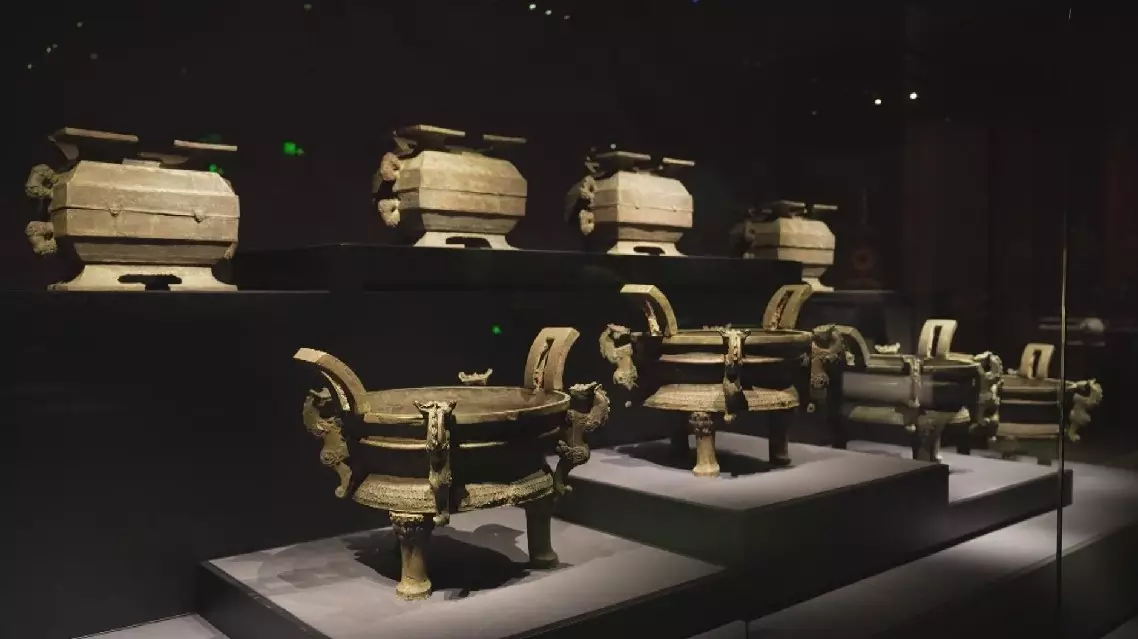
Newly unearthed artifacts shed light on social norms of ancient Chu state


